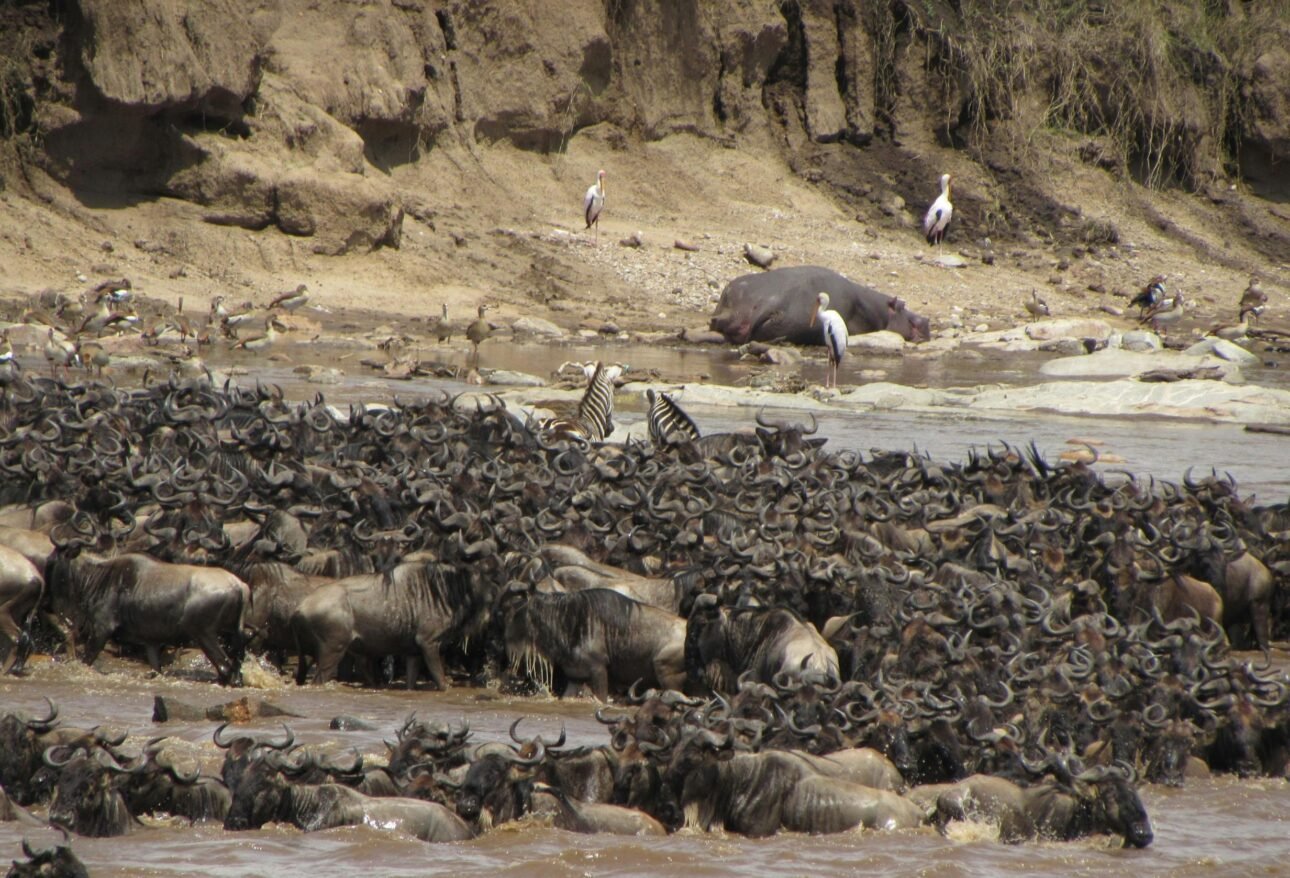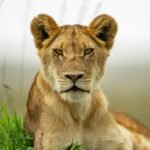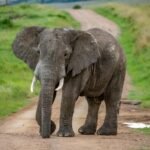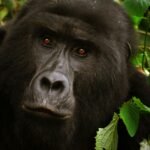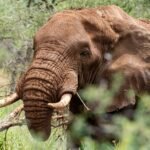Kenya’s Great Migration – When and Where to See It is an extraordinary event that every wildlife enthusiast should experience at least once in their lifetime.
Each year, millions of wildebeest, zebras, and other herbivores embark on a perilous journey across the Serengeti and Masai Mara ecosystems in search of greener pastures.
This dramatic natural phenomenon not only showcases the persistence and instinct of wildlife but also attracts travelers from all corners of the world eager to witness the spectacle.
In this article, we will delve into the timing of the Great Migration, the prime locations to witness this breathtaking event, the diverse wildlife encounters, and valuable tips for those planning to make the journey.
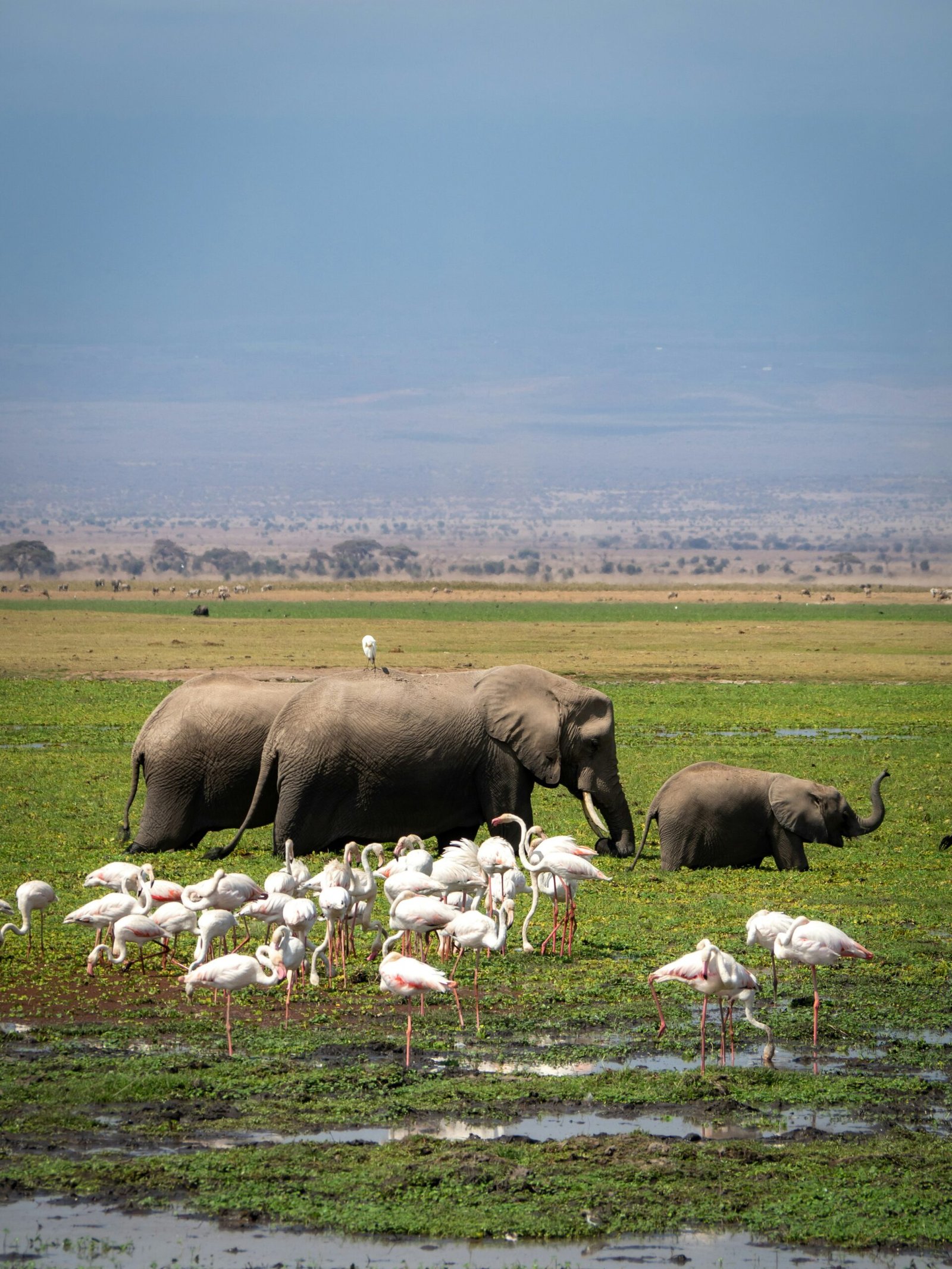
Key Takeaways
- The Great Migration in Kenya is a spectacular event where millions of wildebeest and zebras travel for food and water.
- Timing is crucial, with the migration typically occurring from July to October, making this the best period for viewing.
- Key locations for witnessing the migration include the Serengeti National Park and the Maasai Mara.
- Visitors can also observe thrilling wildlife interactions, such as predator-prey dynamics during the migration.
- Travelers should plan ahead, considering factors like accommodation, safaris, and local regulations for the best experience.
Introduction to the Great Migration
Kenya’s Great Migration is one of the most spectacular wildlife events on the planet, captivating nature lovers and adventure seekers alike.
This annual phenomenon occurs when millions of wildebeest, zebras, and other grazers migrate in search of fresh grazing pastures and water, primarily driven by seasonal rains.
The migration typically begins in Tanzania’s Serengeti National Park around May and continues into the Maasai Mara in Kenya by July, creating an unforgettable display of nature’s raw beauty.
If you’re wondering when and where to see this incredible event, the best time to visit is between July and October, when the herds are concentrated in the Maasai Mara, providing incredible opportunities for wildlife photography and game viewing.
Understanding Kenya’s Great Migration is essential for travelers who want to experience one of nature’s greatest spectacles firsthand.
The Timing of the Great Migration
Kenya’s Great Migration – When and Where to See It is an awe-inspiring natural phenomenon that captivates the hearts of travelers and wildlife enthusiasts alike.
Occurring annually between July and October, this extraordinary event sees over a million wildebeest, along with thousands of zebras and other animals, journey across the Serengeti-Mara ecosystem in search of greener pastures.
The timing of the Great Migration is crucial for witnessing this breathtaking spectacle as herds move in sync with the seasonal rains.
Typically, the migration starts in Tanzania’s Serengeti in April, with the animals moving northward to Kenya’s Masai Mara as the dry season begins, reaching their peak around July.
The best places to observe Kenya’s Great Migration include the Mara River, where dramatic river crossings occur, offering stunning opportunities for photography and wildlife observation.
For those planning a wildlife safari, understanding when and where to see it is essential to ensuring an unforgettable adventure in the heart of Africa.
‘The earth has music for those who listen.’ – William Shakespeare
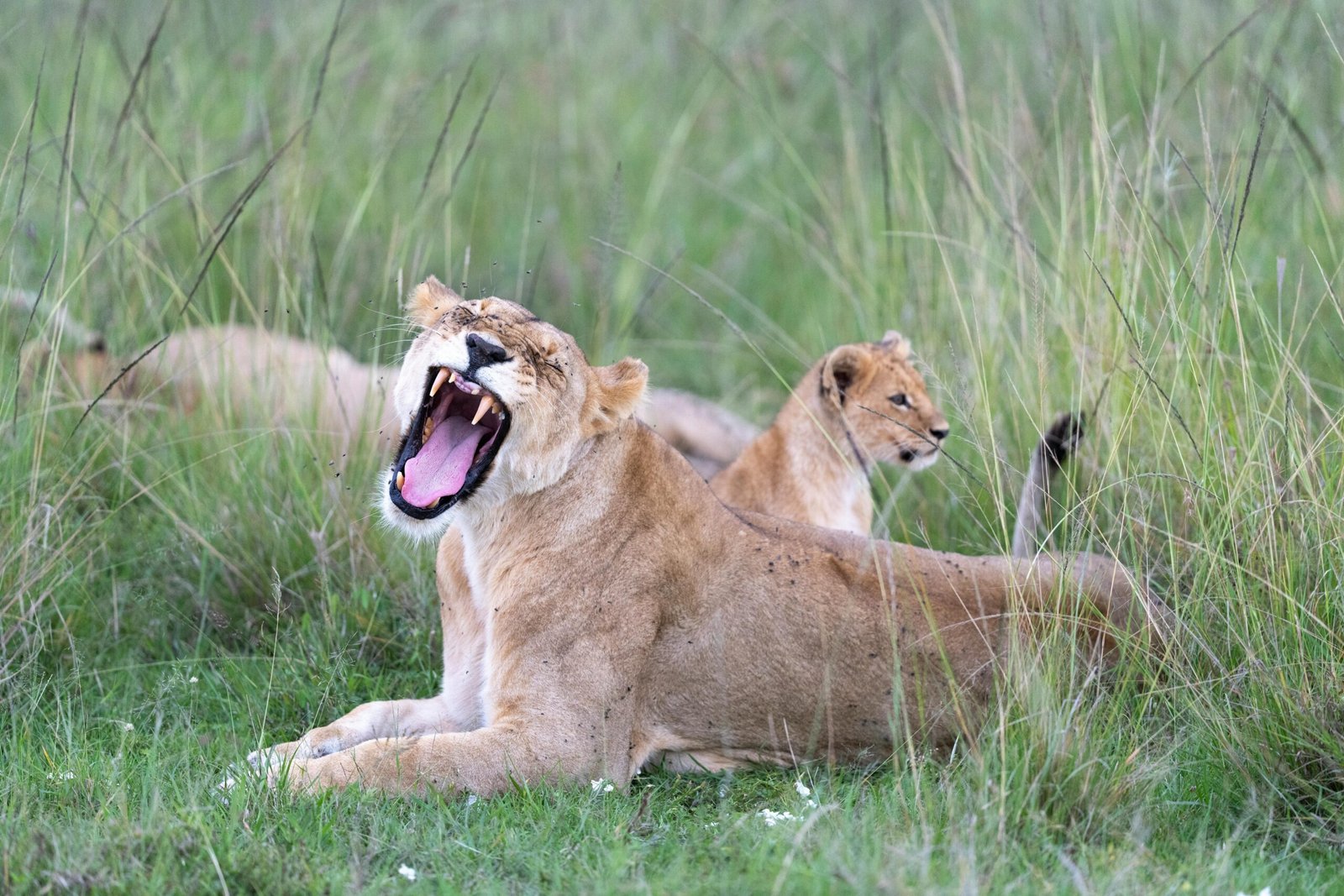
Key Locations to Witness the Migration
Kenya’s Great Migration is one of nature’s most awe-inspiring spectacles, drawing travelers from all over the globe to witness this breathtaking journey of wildlife.
Typically occurring from July to October, this incredible migration sees over a million wildebeests, along with thousands of zebras and gazelles, traverse the Serengeti-Mara ecosystem in search of greener pastures.
To truly experience this phenomenal event, several prime locations stand out.
The Maasai Mara National Reserve is the most famous spot, providing front-row seats to the dramatic river crossings at the Mara River, where many brave animals face crocodile attacks in their quest for survival.
Another excellent location is the Serengeti National Park, where you can witness the stirrings of the migration from January to March and the herds’ journey northward.
To fully immerse yourself in Kenya’s Great Migration, opt for guided safaris offered by local operators; they can expertly navigate the shifting paths of the herds and enhance your experience with in-depth knowledge of the wildlife and the surrounding ecosystem.
Wildlife and Natural Phenomena Observed
Kenya’s Great Migration is a breathtaking spectacle that draws wildlife enthusiasts and adventure seekers from around the globe.
This natural phenomenon, marked by millions of wildebeest, zebras, and other herbivores traveling in search of fresh grazing pastures, takes place annually and is renowned as one of the most incredible wildlife displays in the world.
The migration typically occurs from July to October, starting in the Serengeti National Park in Tanzania and moving into the Maasai Mara National Reserve in Kenya.
To catch the best views of this dramatic movement, visitors should plan their trips between July and September, as this is when the herds cross the iconic Mara River, presenting thrilling opportunities to witness the incredible struggle against predators such as crocodiles and lions.
Understanding Kenya’s Great Migration and the ideal times and locations to experience this event not only enriches your travel plans but also deepens your appreciation for the majestic wildlife that roams the African savannah.
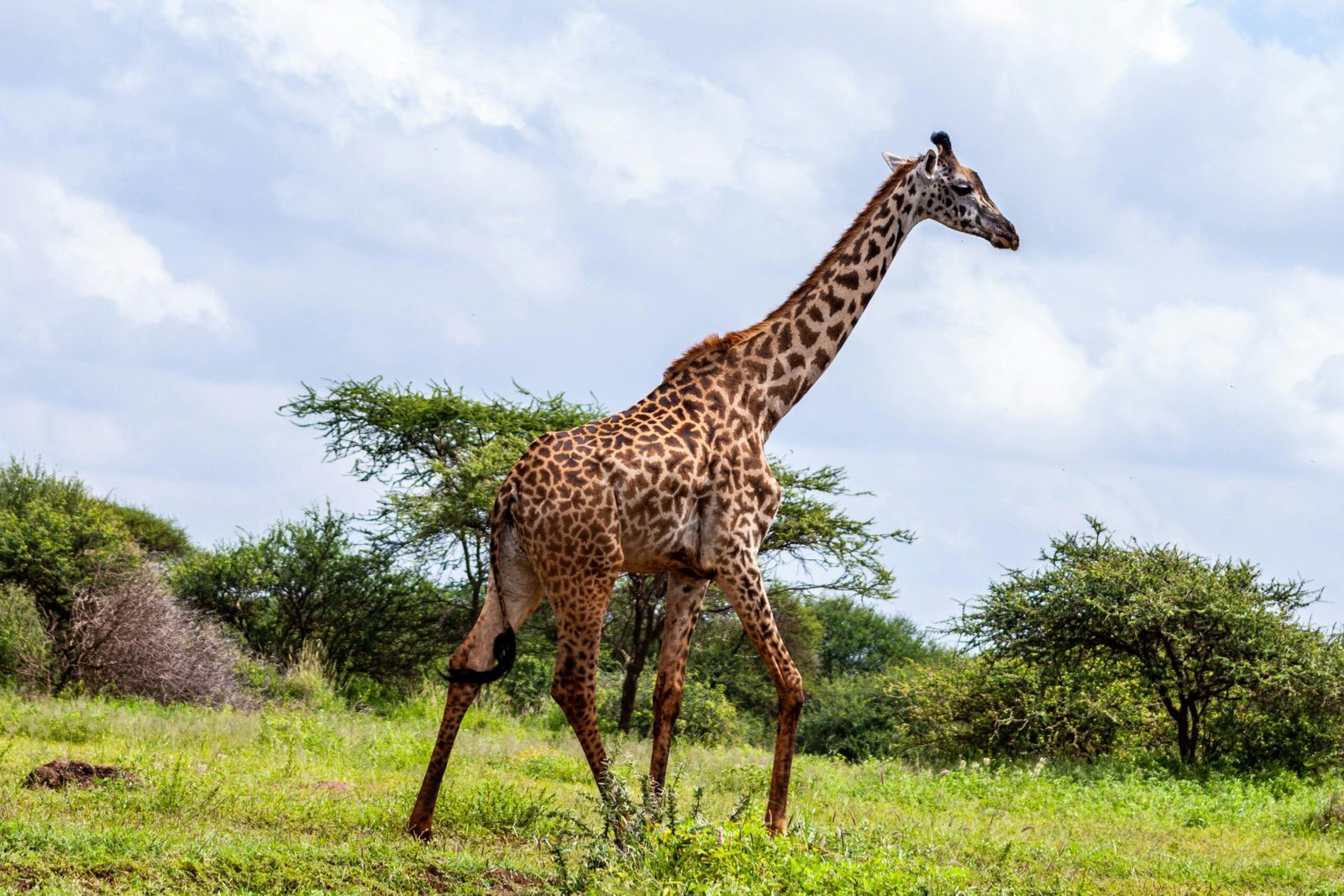
Tips for Travelers Planning to Experience the Migration
Kenya’s Great Migration is one of the most spectacular natural events on the planet, attracting thousands of travelers each year eager to witness this breathtaking phenomenon.
If you’re planning to experience this marvel, it’s essential to know when and where to see it for the best chances of viewing the massive herds of wildebeest and zebras.
Typically, the migration occurs from July to October, with the peak time being late July to August when the herds cross the Mara River.
Key locations to consider include the Maasai Mara National Reserve in Kenya, where you can enjoy the drama of river crossings, and the Serengeti in Tanzania, which is part of the migratory route.
To enhance your experience, consider booking a guided tour for expert insights and transportation logistics.
Additionally, it’s wise to check for specific wildlife viewing opportunities, as the landscape can change from year to year.
Remember to pack your binoculars and camera to capture the stunning sights of the wildebeests and their predators, making your trip one that you will never forget.
Frequently Asked Questions
What is Kenya’s Great Migration?
Kenya’s Great Migration refers to the annual movement of over a million wildebeest, along with thousands of zebras and gazelles, as they travel from Tanzania’s Serengeti to Kenya’s Maasai Mara in search of fresh grazing land and water.
When does the Great Migration occur?
The Great Migration typically takes place between July and October, with peak activity observed in August and September when the wildebeest cross the Mara River.
Where are the best locations to see the Great Migration?
The best locations to witness the Great Migration include the Maasai Mara National Reserve in Kenya, particularly areas near the Mara River where river crossings occur, and the Serengeti National Park in Tanzania.
What wildlife and natural phenomena can I expect to see during the migration?
In addition to the wildebeest, zebras, and gazelles, visitors can see a variety of predators such as lions, crocodiles, and hyenas, as well as other wildlife like elephants and giraffes, and experience dramatic river crossings and natural landscapes.
What tips do you have for travelers planning to experience the migration?
Travelers should book accommodations well in advance, choose guided safari tours for the best experience, consider visiting during peak crossing times, and prepare for varying weather conditions by bringing appropriate gear.
Kikuyu Arcade, Kiambu, Kenya 00902
+254 720 637 298
+254 726 906 136
info@africancrestedratsafaris.com
sales@africancrestedratsafaris.com

